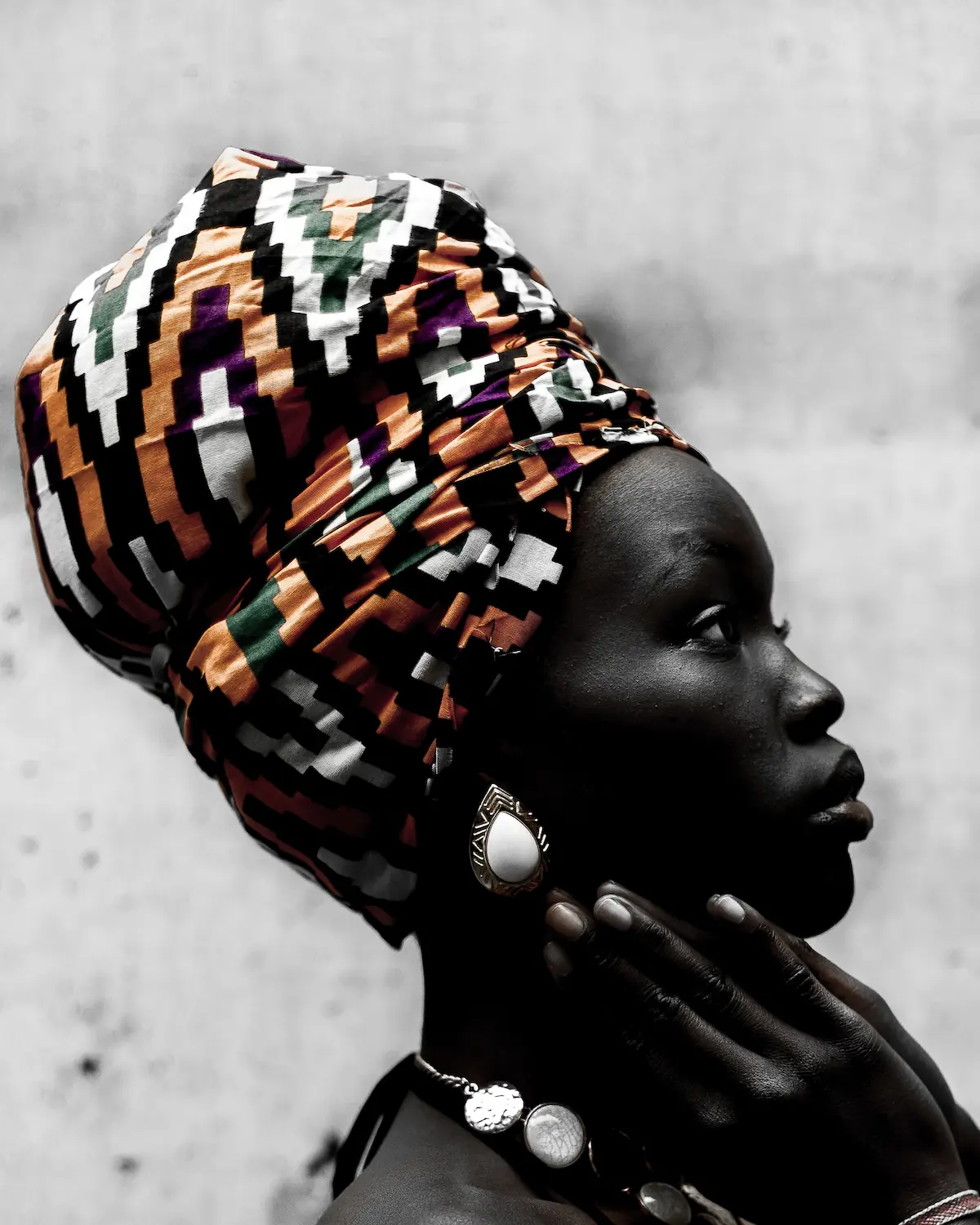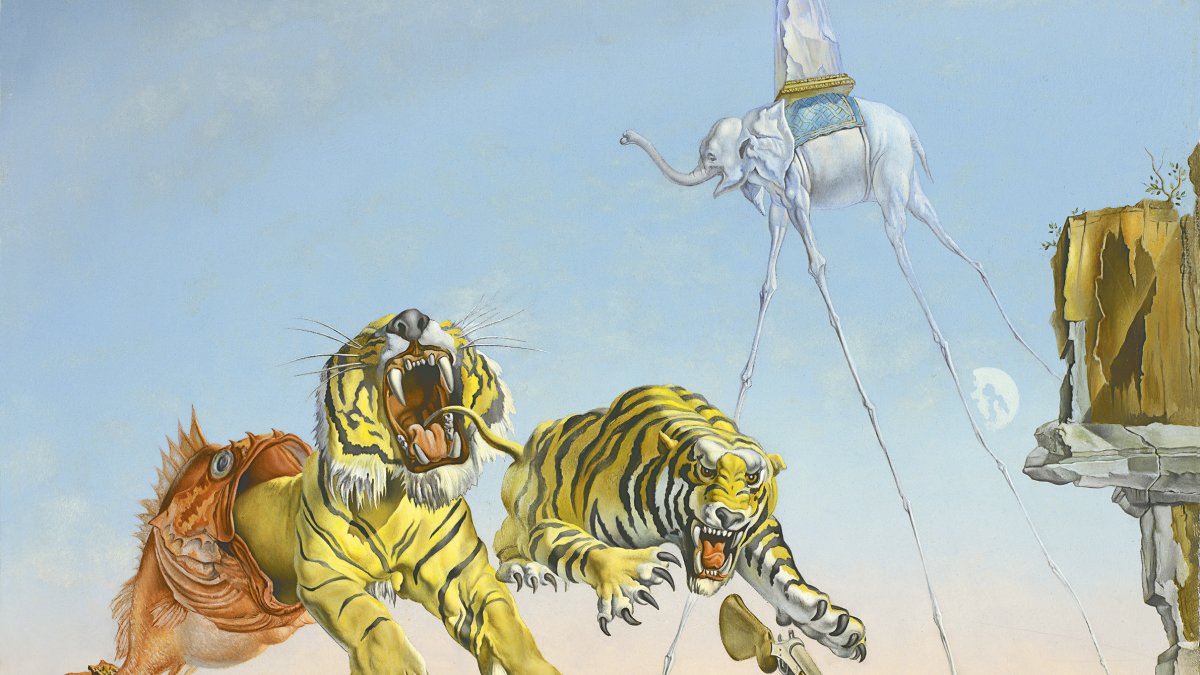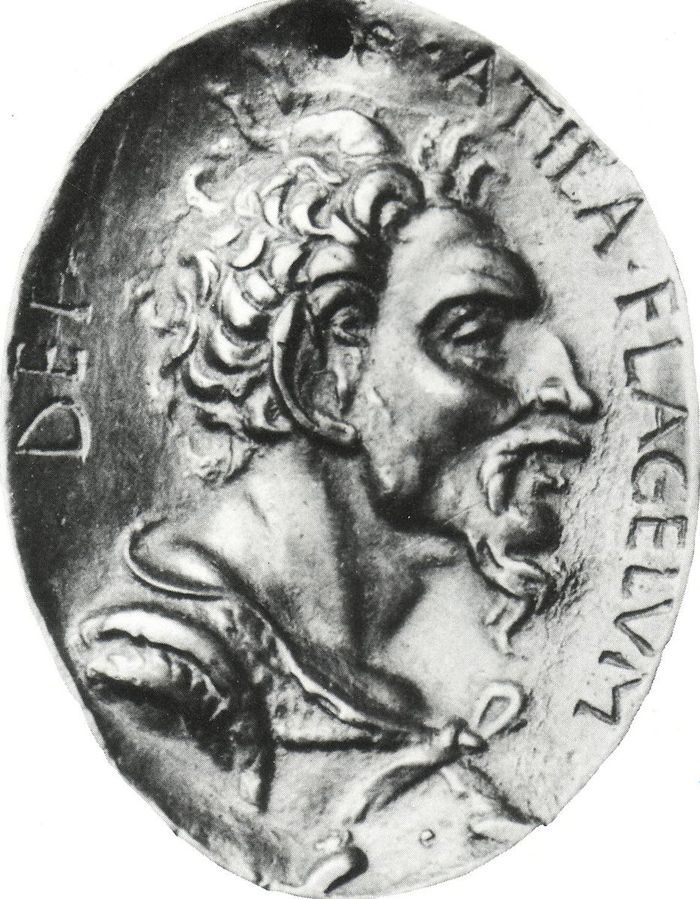what is the collective conscience?

Contents
The term collective consciousness
The terms collective consciousness refer to the condition of the subject within the entire society, and how a particular individual sees himself as part of that particular group.
The term has been used widely by the social sciences and their scientists. By social theorists and psychoanalysts like Emile Durkheim, Louis Althusser and Carl Jung to explain how an autonomous individual identifies with a group or a structure.
In short, “collective” means something like: “formed by a collection of individual people or things; constituting a collection; gathered together as a whole”.
In the same way, “conscience” means “joint or mutual knowledge”, “internal knowledge or conviction; knowledge of what is the testimony within oneself; especially of one’s own innocence, guilt, deficiencies” and “the state or fact of be mentally aware or aware of anything. “
How consciousness is explained
The combination of the terms consciousness (and) collective
By combining the two terms, the term collective consciousness implies an internal knowledge known to all, or a consciousness shared by a plurality of people.
This comes to concretize an idea: something that we all share, whatever that “we” may imply.
The creator of the knowledge of collective consciousness: Émile Durkheim
History credits Émile Durkheim as the social researcher who coined the phrase. In any case, it has been many other theorists who have studied the implications of the idea.
Durkheim and Louis Althusser were concerned with external processes and the social conditions that surrounded them.
In this sense, it is also worth highlighting, although with certain differences, the writings of Vladmir Vernadsky, Katherine Hayles and Slavoj Zizek.
What is Durkheim’s social conscience like?
In his Rules of Sociological Method, Durkheim’s social conscience arises from his social theory. Interested in knowing what it is that makes individuals act in a similar and predictable way, he observes: “If I don’t submit to the conventions of society, if with my dress I don’t comply with the customs observed in my country and in my class, The ridicule I provoke, the social isolation in which I maintain myself, produces, although in an attenuated form, the same effects as punishment. “
A sample of collective conscience:
Finally, it comes to the conclusion that “A social fact must be recognized by the power of external coercion that it exercises or is capable of exercising over individuals, and the presence of this power can be recognized in turn by the existence of some sanctions specific or by the resistance offered against each individual effort that tends to violate it ”.
Therefore, human beings act in a certain way through a type of reward-punishment system enacted at the level of both the state and the social spheres; the subjects are trained in a kind of inward and outward movement; the individual may have certain barbaric tendencies, but the assimilation process in the social sphere corrects these tendencies by distributing positive or negative reinforcements.
The collective consciousness is the effect of the trained subject: through the process of becoming a subject, an individual learns to be common: to dress, speak and act like his neighbors. The “socially conscious” subject is the readable subject, one that exists to a degree of visible similarity in relation to the other members of the group-society.
Louis Althusser: the “creation” of the individual as a process of external coercion
Louis Althusser, of Marxist training and beliefs, was concerned with the “creation” of the individual as a process of external coercion.
In its formulation, the question is generated through a descending network of “Ideological State Apparatuses”, which “present themselves to the immediate observer in the form of different and specialized institutions.”
At the top of the structure is The State, which aims to control the bottom (individual subjects) through a series of institutional mediations.
Ideological State Apparatuses present all forms of communication and information to the public. They are all imaginable institutions: education, media, laws, religion, etc.
They have direct power over the issue at all times, turning it from the outside into the subjective body (and subject) that will defend and reproduce the power of the State.
In Althusser’s formulation, the interiority of an individual member of the public is born out of a bombardment of external coercion for life: individuals fulfill certain common duties, have common aspirations, follow equal life trajectories, etc.
Conscience is pressured by the state
The “conscience” of each individual is not something that originates from a singular inner spirit, but is pressed into being by the external devices of the state.
Therefore, the collective consciousness again represents the relationship of the individual to a larger group or structure, but marks the equality between the members of that group, who act to make that group a cohesive whole.
The aforementioned prescriptions of collective consciousness express the phrase as the internal representation of the external conditions present in any given society.
These are exercised on the subject in various ways, and then assimilated into the consciousness of the subject. The idea is that the collective is a mass of like-minded people who will (re) emerge to reproduce the force of production. Therefore, collective consciousness is the effect on and within a given audience whose thoughts and actions are constantly mediated by external pressures.
The collective conscience and Carl Jung
The notion of collective consciousness is also largely due to the emerging popularity of psychoanalysis in the 20th century.
Carl Jung coined the term collective unconscious to denote the shared contexts and meanings of individual dreams.
According to Jung, there is a pre-experiential set of “mythological motifs, combinations of ideas or images that can be found in the myths of people themselves or in those of other races” that give “a collective meaning, a meaning that is the common property of The humanity “.
The unconscious is the part of the being that the individual is unaware of, but that still exercises control over the behaviors, desires and impulses of that individual. As such, unconsciousness is never completely separated from consciousness within the individual, and one necessarily informs the other.
One of the main goals of psychoanalytic discourse is to bring the unconscious into consciousness, so that the patient can realize why he behaves in certain ways.
The Jungian “collective unconscious” is important when considering his other “collective consciousness” because it suggests an original set of archetypes common to all members of a group and from which they formulate meanings, contexts, and patterns within the group.
You may also like
The persistence of memory Salvador Dali
TRACES OF AN IMPERFECT WORLD -read it for free-
Recent Comments
Audiolibro: Por si las voces vuelven. gratis
Categories
Recent Posts
Club bilderberg 2022. ¿Cuáles son sus planes para España?
Audiolibro de Angel Martin: Por si las voces vuelven. gratis
Selection [AUDIBLE]
Recent Posts
Categories
The persistence of memory Salvador Dali
TRACES OF AN IMPERFECT WORLD -read it for free-
Recent Comments
Audiolibro: Por si las voces vuelven. gratis
Categories
Recent Posts
Club bilderberg 2022. ¿Cuáles son sus planes para España?









